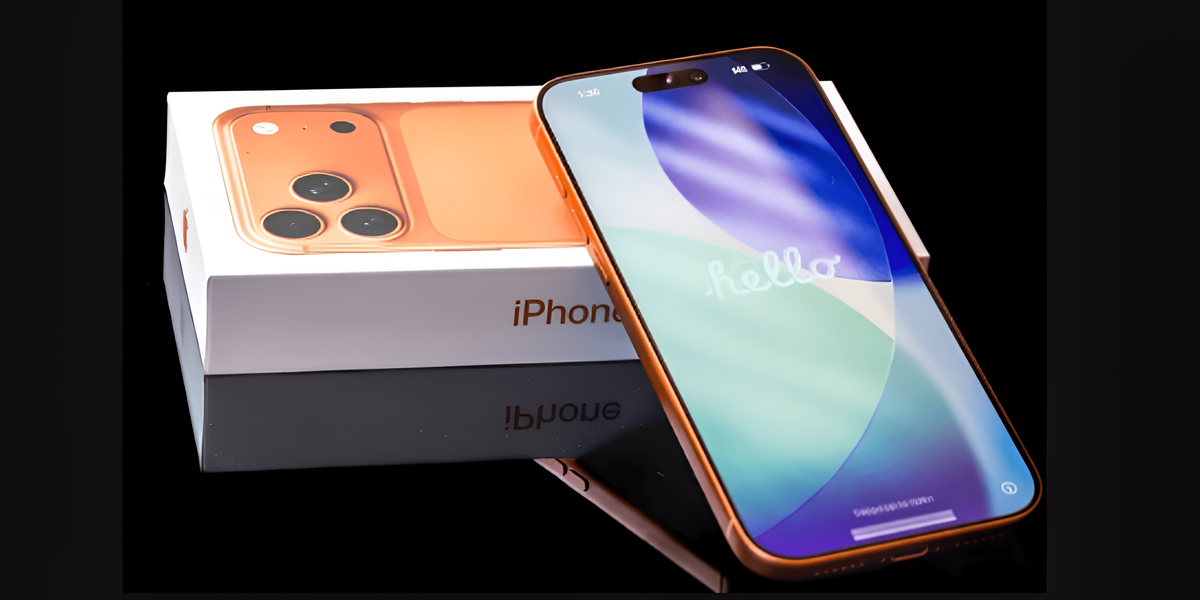The theory that the Milky Way has a small solar nebula relative to its size may be falling apart. Newly published research suggests that the cloud of gas and dust that makes up our Solar System is much larger than previously thought, which could have implications for the formation of planets in our solar neighbourhood.
Accepted for publication in The Planetary Science Journal, The study searched for trans-Neptunian objects in the so-called Kuiper Belt. It is one of the most distant regions of our Solar System and a strong indicator of the original size of the protoplanetary disk from which the Earth and other bodies formed.
Having detected 239 previously unseen trans-Neptunian objects (263 so far, according to ScienceAlert) at distances far greater than 50 astronomical units (AU) from the Sun, the authors theorize that: there may be two Kuiper belts, a completely unexpected reality. AU is the average distance between the Earth and the Sun, about 150 million kilometers.
What did the new study find in the Kuiper Belt?
Those that have gone beyond Neptune’s orbit, such as NASA’s New Horizons spacecraft, which flew past Pluto in 2015 and the “snowman” Arrokoth in 2019, notice a huge ring-shaped region. There, various celestial bodies made up of rock and ice (composed of water, methane and ammonia) define long elliptical orbits around the Sun: these are the KBOs, the English abbreviation for Kuiper Belt objects.
What the authors discovered using the Hyper Suprime-Cam mosaic imager at the Subaru Telescope in Hawaii is that It was evidence of an unexpected increase in the density of the Kuiper Belt between 70 and 90 AU. But according to the study, there is a large, almost empty gap between the currently known distance and this new limit.
Our Solar System might not be so small after all

The number of new objects detected, although smaller than the currently known inner Kuiper Belt ring population, is high enough to form a separate structure, mainly due to the gap between 55 and 70 AU. This gap, strange as it may seem, is also common in other planetary systems in formation.
According to research leader Wesley Fraser of the National Research Council of Canada, the well-established idea that our Solar System will be very small compared to other planetary systems is may be the result of observational bias.
“Perhaps if this result is confirmed, our Kuiper Belt is not so small and unusual compared to belts around other stars,” the astrophysicist concluded to ScienceAlert.
Liked the content? So stay up to date with more studies like this on TecMundo and take the opportunity to find out how salt discovered in an asteroid could be a new clue to the origin of water on Earth.
Source: Tec Mundo
I’m Blaine Morgan, an experienced journalist and writer with over 8 years of experience in the tech industry. My expertise lies in writing about technology news and trends, covering everything from cutting-edge gadgets to emerging software developments. I’ve written for several leading publications including Gadget Onus where I am an author.













